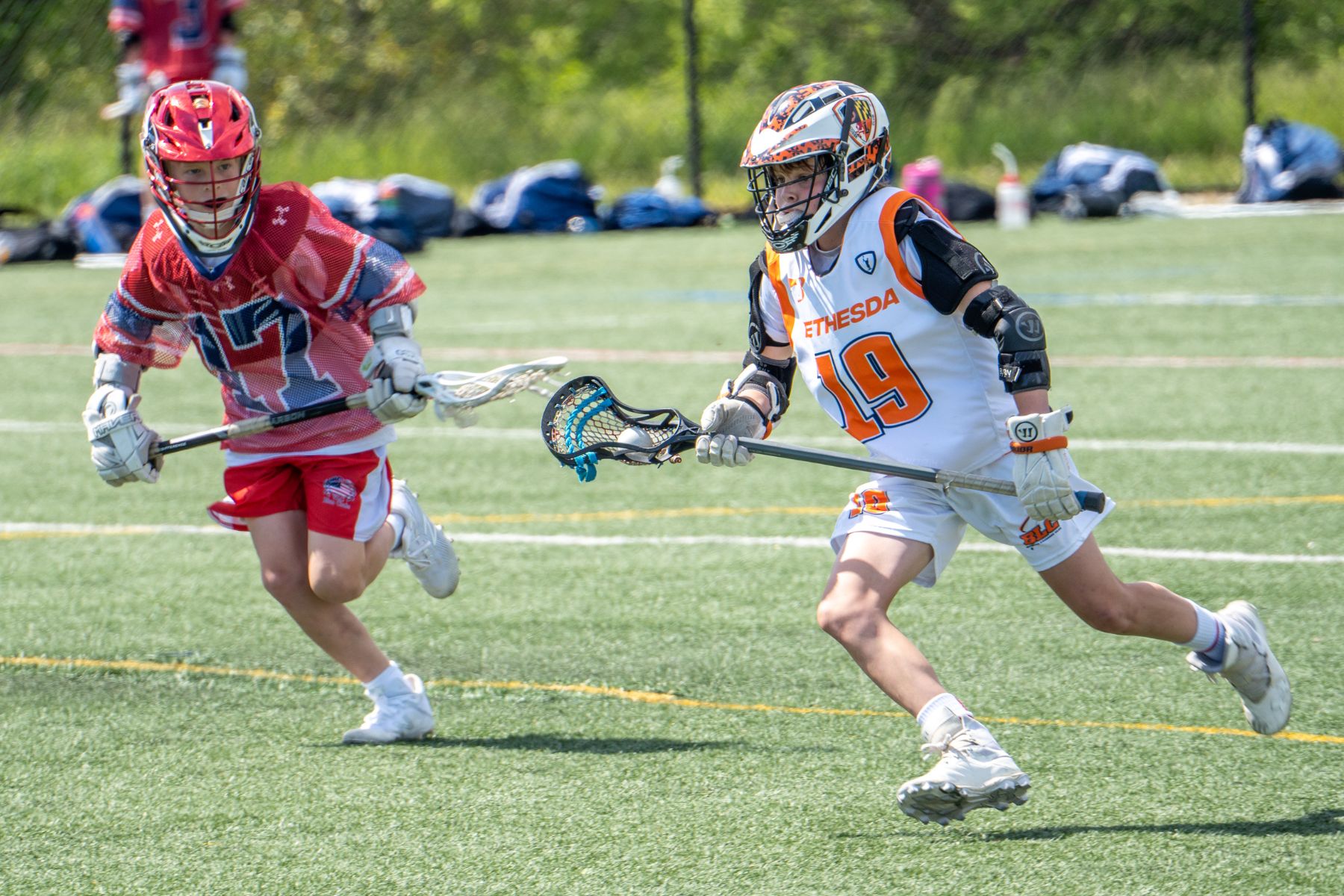The benefits and risks of early sports specialization
Organized youth sports are becoming increasingly competitive and early sports specialization is becoming more popular among young athletes. However, there are many factors to consider when talking about early sport specialization at a young age, as there are both benefits and concerns about early sports specialization.

Organized youth sports are becoming increasingly competitive and early sports specialization is becoming more popular among young athletes. Athletes are focusing on one sport at a young age with the hope of increasing their chances of success in the sport, and it’s not uncommon to see youth athletes focusing on one specific sport for a large portion of the year.
There are many factors to consider when talking about early sport specialization at a young age, as there are both benefits and concerns about early sports specialization.
Injury
The biggest concern with early specialization is the greater risk for overuse injuries, especially if your athlete hasn’t gone through puberty, because their muscles and tendons are still developing. Participating in multiple sports allows athletes to develop different neuromuscular patterns and increase their adaptive skills. Moving and falling differently when playing a variety of sports can also be a preventative for injury in your chosen sport.
While early sport specialization can help with skill development in one particular sport, it can also be detrimental in developing overall athleticism. An increased amount of volume of one specific movement while the body is growing can lead to imbalanced development and a higher chance of overuse injury. Athletes that play one sport constantly put their bodies under unique stress specific to that sport. Sports that involve a lot of repetitive tasks, especially unilateral tasks like throwing or swinging, tend to result in muscular and even sometimes skeletal imbalances. "Specializing is not wrong or dangerous. But specializing without adding a good strength and conditioning program is asking for trouble," Andrew Leddy, director of sports performance at Athletic Republic Naples, said. By incorporating that strength and conditioning program, you can address and those imbalances, decreasing stress on the muscles and bones as well as decreasing the risk of future injury.
Repeating the same movements over and over, like pitching a baseball, can put stress on the ligaments, muscles, tendons, and growth plates. According to the data, because kids’ bodies are not the same as adult bodies, those who specialize in a sport have the additional risk of sustaining overuse injuries. For example, in a study of 546 teenage female athletes who played basketball, soccer, or volleyball, there was an increased rate of anterior knee pain in those who had specialized in the individual sports at an early age than those who played a variety of sports. (1)
Burnout
Another issue that can result from early specialization is that it often leads to “burnout.” The pressure for kids to be “committed” to one sport can cause emotional burnout which leads to them quitting the sport. Once they quit, they rarely return. About 70 percent of children drop out of organized sports by age 13. (1) It can be way too much pressure for someone so young.
Young athletes experiencing burnout report:
- Having less input into training and sport related decisions
- Practicing with less motivation
- Motivation becomes extrinsic (pressure from parents or coaches) and based on trying to get a scholarship, not because they derive joy from the sport
- More stress and less ability to cope with high demands of the sport
- Overall less enjoyment of the sport
- Drop in grades or reduced peer interactions
Recommendations
The National Athletic Trainer’s Association’s official statement was in support of the following recommendations relating to the health and well-being of adolescent and young athletes.
- Delay sport specializing in a single sport for as long as possible: Adolescent and young athletes should strive to participate, or sample, a variety of sports. This recommendation supports general physical fitness, athleticism, and reduces injury risk in athletes.
- One team at a time: Adolescent and young athletes should participate in one organized sport per season. Many adolescent and young athletes participate or train year-round in a single sport, while competing in other organized sports simultaneously. Total volume of organized sport participation per season is an important risk factor for injury.
- Less than eight months per year: Adolescent and young athletes should not play a single sport for more than eight months per year.
- No more hours/week than age in years: Adolescent and young athletes should not participate in organized sport and/or activity more hours per week than their age (i.e., a 12-year-old athlete should not participate in more than 12 hours per week of organized sport).
- Two days of rest per week: Adolescent and young athletes should have a minimum of two days off per week from organized training and competition. Athletes should not participate in other organized team sports, competitions, and or/training on rest and recovery days.
- Rest and recovery time from organized sport participation: Adolescent and young athletes should spend time away from organized sport and/or activity at the end of each competitive season. This allows for both physical and mental recovery, promotes health and well-being, and minimizes injury risk and burnout/dropout. (2)
References
1. Woo, M. (2017) Why kids shouldn't specialize in one sport too early, Lifehacker. Lifehacker. Available at: https://lifehacker.com/why-kids-shouldnt-specialize-in-one-sport-too-early-1797954410.
2. Schaeufele, B. (2021) Sport specialization in Young Athletes, The National Sports Medicine Institute. Available at: https://www.nationalsportsmed.com/sports-specialization/.

Jacob Ober
Jacob Ober, PT, DPT, ATC, is a physical therapist, dry needling specialist and certified athletic trainer based in Central Naples who subspecializes in working with athletes.
RECENT POSTS
CATEGORIES

> Privacy Practices
> Terms and Conditions
Copyright © Performance 2022.
All rights reserved.
JOIN OUR COMMUNITY
Sign up for our mailing list to learn more about Performance, stay up-to-date on our offerings, and receive our newsletter.
Digital Marketing by Rebel Interactive Group
